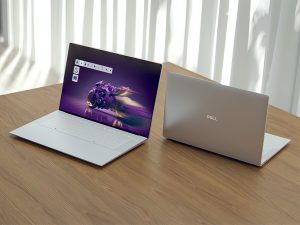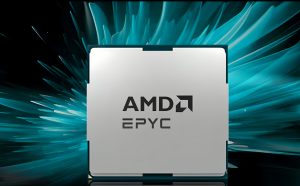Popular Keywords
- About Us
-
Research Report
Research Directory
Semiconductors
LED
Consumer Electronics
Emerging Technologies
- Selected Topics
- Membership
- Price Trends
- Press Center
- News
- Events
- Contact Us
- AI Agent
About TrendForce News
TrendForce News operates independently from our research team, curating key semiconductor and tech updates to support timely, informed decisions.
- Home
- News
[News] Micron Began Sampling G9-NAND-based Mobile UFS 4.1 Products

Recently, Micron Technology announced that it is sampling the industry’s first mobile UFS 4.1 and UFS 3.1 products based on its G9 NAND technology, aimed at enhancing the user experience on flagship smartphones.
The Micron G9-NAND-based UFS 4.1 delivers faster speed and lower latency. Compared to the previous generation, it offers over 15% improvement in sequential write speeds, nearly 10% in random read, and around 10% in random write performance. It also reduces the chances of long-latency events, resulting in smoother responsiveness.
The Micron G9 UFS 4.1 supports NAND storage capacities of up to 1TB, meeting the demands of data-intensive processing on devices. In addition to the increased capacity, the G9 UFS 4.1 features a smaller and thinner package—measuring just 9x13x0.85 mm for the 1TB NAND UFS—compared to the previous G8 UFS 4.0, which significantly saves internal space and makes it a perfect fit for foldable smartphones.
Micron stated that its mobile business unit is dedicated to delivering advanced NAND flash solutions with customized features tailored for flagship smartphone designs.
Through collaboration with customers and ecosystem partners, Micron is adjusting its product and technology roadmap with emerging trends in AI and edge computing. This collaboration ensures that future mobile devices can handle increasingly complex AI tasks and data-intensive applications.
Earlier, to capitalize on AI-driven transformative growth opportunities—from data centers to edge devices—Micron announced a market-segment-based reorganization of its business units. The new structure includes the Cloud Storage Business Unit (CMBU), Core Data Center Business Unit (CDBU), Mobile and Client Business Unit (MCBU), and Automotive and Embedded Business Unit (AEBU). All four units will continue to report to Sumit Sadana, Executive Vice President and Chief Business Officer at Micron.
(Photo credit: Micron)





